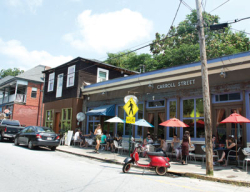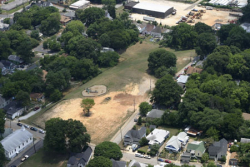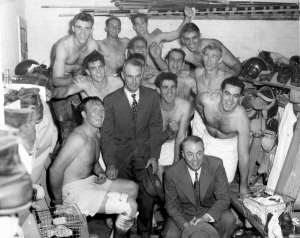
That means adding small parks and amenities people can enjoy within an easy walk before you add housing. If the area doesn’t have them, build commercial-office structures with apartments on top. If you do this backwards, you’re building a slum.
Cities are changing. So is transportation. If I can get most of what I need within a mile, I can use an electric bike unless I need Costco. Maybe I won’t even need Costco. Then rent a van for vacations, use something like Uber for nights out, and we’re good.
Lots of urban people already live this way. The idea of maintaining a car when you’re only using it an hour per day (or less) is wasteful.
But this only works if your area is walkable. This only works if you can get coffee and essentials around the corner, if your lawyer or accountant is nearby, if you can walk your dog and find a park in 10 minutes, with trees and benches to sit on.
Atlanta knows this.

Speaking of the Beltline. That’s Atlanta’s success secret when it comes to density. It’s based on a graduate paper written in 1999. Ryan Gravel saw unused rail corridors and suggested they become paths for walking, for biking, hubs around which development could happen. It worked. It’s high density, high value development. It’s transforming the city.
When I moved to Atlanta, 40 years ago, there was an area in Midtown called “Pershing Point” with low-slung apartment blocks and shops nearby. It was razed for an office building. Now Midtown itself is using the same strategy, only with enormous condos, to deliver something that looks and feels like Manhattan. There’s even a subway.
If you want density, increase livability. It’s working in downtown Decatur. They’re razing their old downtown and putting up 5 story blocks with shops and restaurants on the bottom and condos on top. If you put a center in place, density will happen naturally.
Atlanta rezoning meant to force density destroys the tree canopy, most of which is on single-family lots. Density without trees, parks and amenities is destructive. Home values are already down 10% in areas where this is being proposed. Creating “affordable housing” by destroying property values is civic malpractice.










